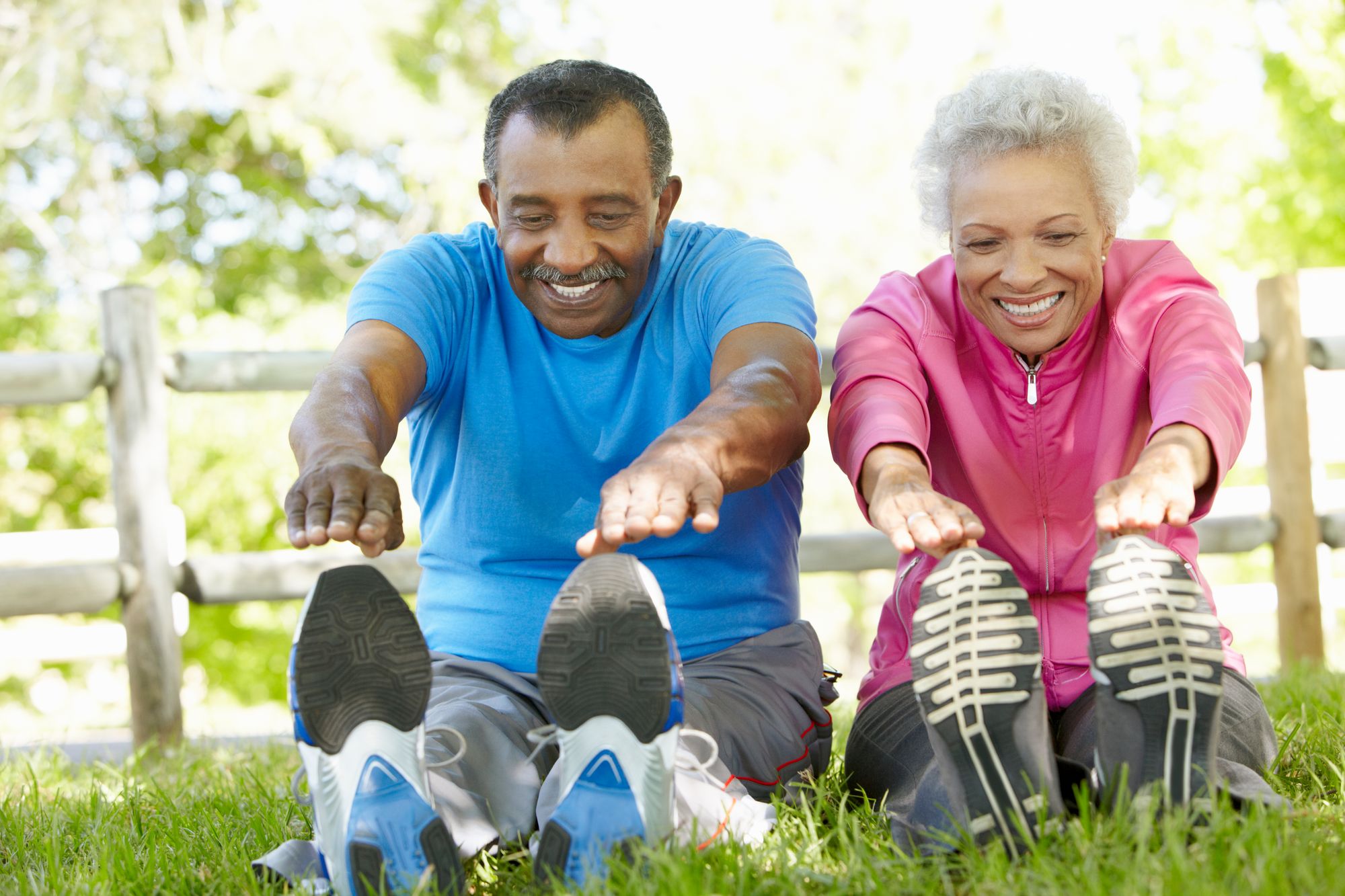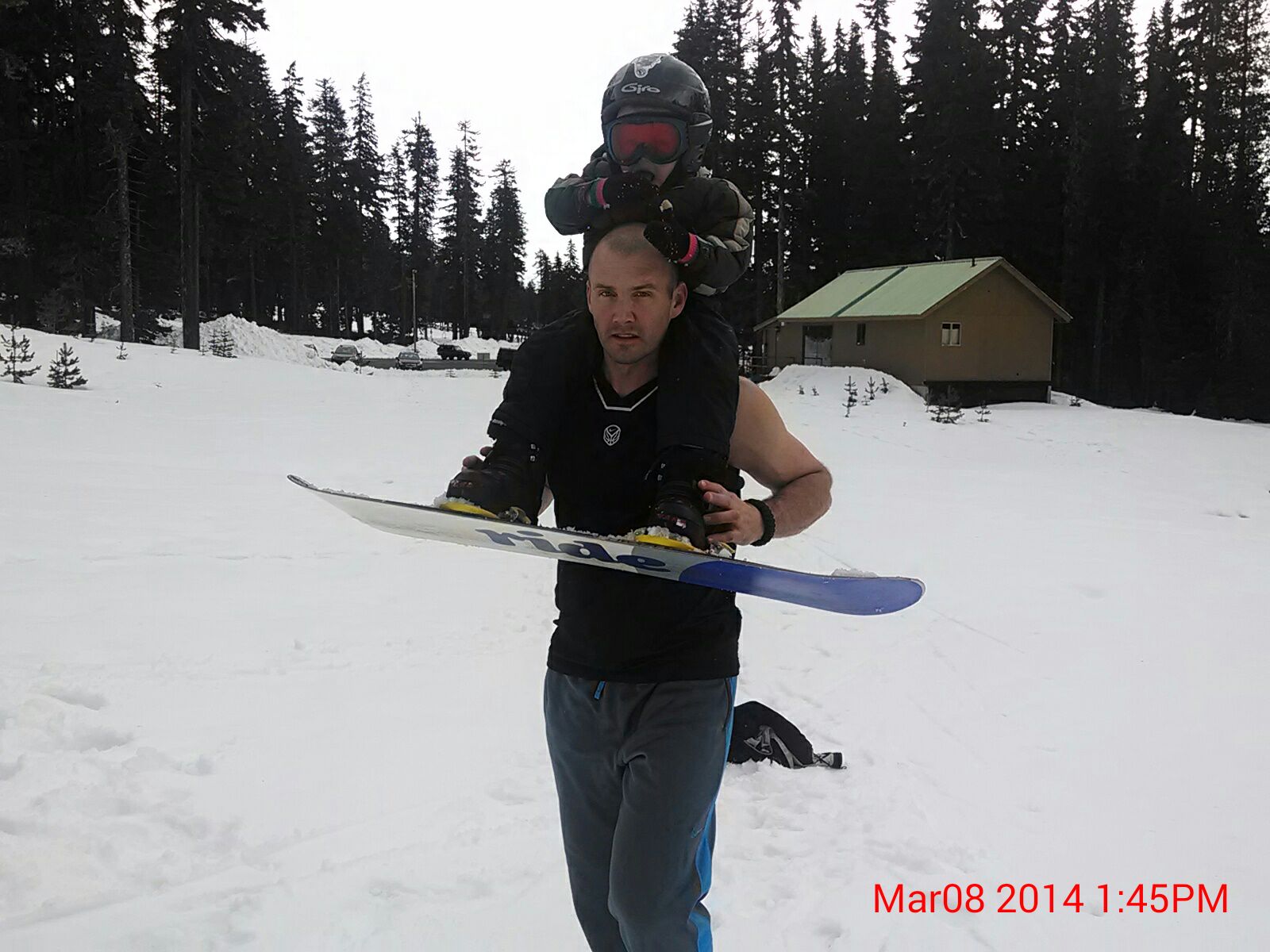
You don't have to be a gym rat to get in shape. Here, in a two part series, two pros weigh in, with a few extra comments for spice.
My first respondent is my 48-year old uber-jock doc Kevin Plummer. Kevin competed professionally in the decathlete. He has the body of Jack Reacher with those cobblestone abs and the boulder shoulders which come naturally, without drugs, to people who won the body lottery at birth.
That said, he still works out very hard, and he has also been a fitness trainer, which is why I asked him for his comments on this article. Kindly keep in mind his reference points: he's pushing himself constantly, and as a result, his vertical jump, dead lift and his sprint speeds are all much better than when he was in his twenties. That is why I listen to him.

Here are the questions and his answers:
- How does someone even start, especially if they have NEVER exercised before? What are the dangers of throwing yourself into a workout program at home? What to plan for, how to prepare, and above all, how to be brutally honest with yourself about what you can and can't do? If they've "never" exercised before then they must get access to some level of professional consultation. The most glaring danger of "throwing yourself" into home workout program or any workout endeavor is that there's a very strong likelihood that in some movement(s) your biomechanics will be insufficient to safely make progress before the wheels come off and injury happens. Lastly, for question #1; prepare to make peace with slower progress than you'd prefer. The magic will happen and it will be great but likely it'll be at a pace that won't be very exciting or motivational initially. (This will change as and or IF you develop a solid fitness base relative to where you are when you first start)
- What are the safety considerations that a newbie or an older person just starting out at home should keep in mind? What kinds of monitoring devices are useful to keep track of health? To reiterate; safety considerations will mostly gravitate around biomechanics of exercise related movement and then second, the pre-condition of your fitness. ie. Pre-existing injuries, muscle imbalances, "natural" agility and coordination, et al. Specific recommendations would be individualistic and would require examination by a trained professional or at least someone with relatively sufficient experience.
- Whether in an apartment or a home, what are the ways that someone can integrate more movement into their daily lives? Above all, how can they make it both fun and engaging, and less like a chore? Start with outlining the physical parts of their lives that are already in place and then brainstorm ways to make them measurable. i.e. Get yourself a pedometer. Even just raising your awareness of your steps you'll quickly start walking a significant more without really any additional mental effort. Avoid undervaluing simple movements like "air squats" or pushups against a counter, etc. With a daily commitment of a few simple movements anyone would find themselves more fit in a relatively short amount of time and the benefit in the habit of doing them would pay dividends as they add more complex movements later. (author note: what gets measured gets done)
- For those who have spent many decades at the gym, how can those folks find ways to replicate or even up their game at home and outside? Are there particular exercises that you love, recommend, and why? The first part of this question is particularly specific and would require more details but in general I personally use; Sprints, hills workouts (even short 40-yard hills), kettlebell work, boulder carries, but my fave is JUMPS. Two-legged jumps, single-leg jumps, whatever really, but the important thing is to do the type that you can safely go for a recent PR (personal record) when the timing and recovery allows. They keep your legs, core and arms plenty strong and the crossover athleticism benefits nearly every exercise or sport movement. (author note: especially as we age, the quads, or big thigh muscles, have everything to do with mobility. That's why sitting too much is a death sentence)
- For folks with really limited space, what can they do at home or around their apartments which can help keep them healthy? Kevin skipped this question, see Part II with Nurit Amichai
- Any particular favorite body weight workouts you recommend? What kinds of super simple, inexpensive gear (such a doorway pullup bar)? A doorway pullup bar is great if you are a starting place with you fitness that allows you to use it safely. Otherwise I would probably refer back to the "air squats" and jumps from above.
- How can I tell the difference between a burn from a good exertion and injury pain? First off, it goes without saying:) If it lingers more than a day or two and prevents you from your ADL's (Activities of Daily Living) then get a professional opinion. Otherwise pain from exertion will definitely take practice "listening to". I find that most people that are new to exercise or haven't done it consistently for many years will do one of two things; First, they'll use they exercise associated pain as an excuse to skip the next workout, week or year, even though they don't actually have a very accurate perspective of their pain. Second; They'll seemingly completely disregard their pain and just follow the newest trend, video, class to the letter until they're injured.
- If I am working out at home, how on earth do I stay motivated when there isn't anyone around? Ultimately adding some kind of habit of mediation would serve this aspect of exercise the best. Otherwise, I generally recommend tethering the commitment to some very short-term immediate reward. Of course food DOES work well for this and that fine but you do have to very specific with the amount and timing. *DISCLOSURE WARNING: I actually enjoy that working out is when I get to play MY music...LOUDLY and as such look forward to it!
- Any particular stretches you like, and any that I need to be careful about? Again, this would be very specific to every individual but personally, its my experience that all spinal extension and shoulder retraction is something that everyone needs more of. As far as a general recommendation of "careful(ness)" I would refer back to the second part of the answer for question #1; Start slow and expect progress to be slow, ESPECIALLY with increasing flexibility.
- Resources you recommend: books, tapes, programs, YouTube, etc. and why. Of course there are plenty but relative to this particular topic there's a book that I came across years ago called "Convict Conditioning". I haven't looked at it for several years but as I recall the premise was that the author had put together a comprehensive functional training program that has been proven to provide high levels of both strength and flexibility all from the confines of a jail cell-sized space.
***
I would add this simply marvelous book to the mix:
The Age Well Project: Easy Ways to a Longer, Healthier, Happier Life, by Annabel Streets and Susan Saunders.
These two middle-aged Brits, both of them not in the best of health but damned good researchers and writers, took on all the hype and wrote this lovely book that makes much sense out of what's out there. For those just starting out or for those looking, as we might all do, for ways to integrate movement into home life, their chapter on exercise (page 173) speaks to this perfectly. They transformed their health and kindly invite Dear Reader along for the thoughtful, well-presented ride. You choose, they say, as it should be, without the hype.
Not all of us are natural gym rats. This book, among others, is a most user-friendly way to begin and sustain a program with good friends to make sense of all those screaming headlines.
My next commenter is Nurit Amichai, who will be addressing this issue more towards women and aging women in particular. Stay tuned!
Comments powered by Talkyard.